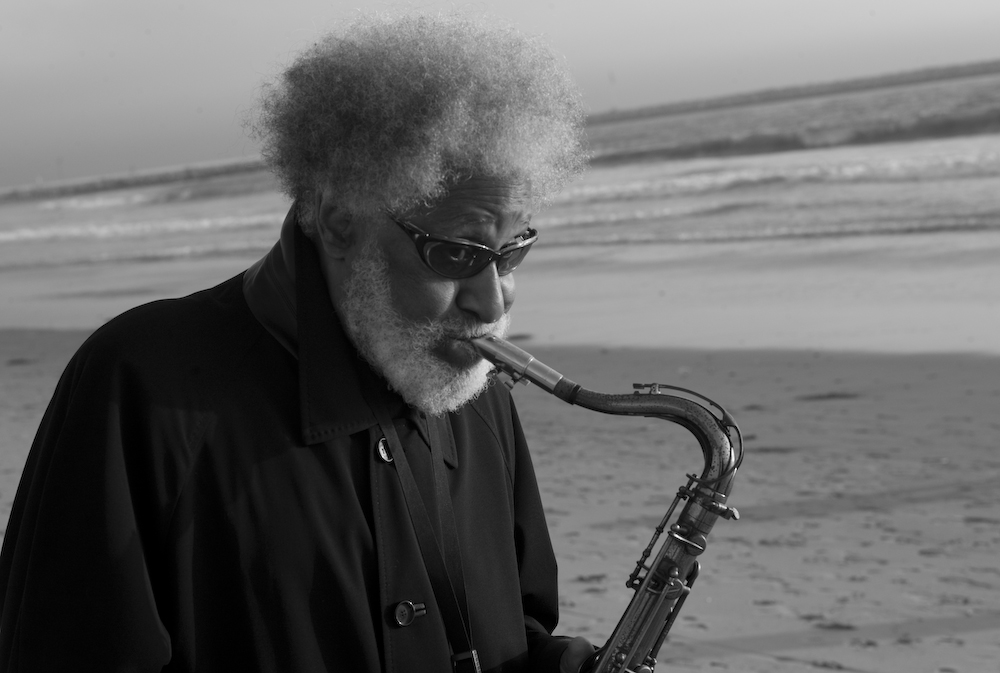
One important goal of my blog is to share information with others, especially articles on topics concerning Art ( with a capital A), education, writing, literacy, etc. Today I want to share with you a new series of essays to be published in The New York Times called The Big Ideas. This ongoing series is a part of their philosophy series called The Stone. I urge everyone to subscribe to the newspaper if at all possible. It seems that now, perhaps more than ever, we need to support writing that finds the truth, believes in Truth, and helps us understand the world. To my mind, journalists are also ‘front line workers’. Support them when you can. But just in case you missed this particular essay, I’m reprinting it now – or you can find it here.
Sonny Rollins is a jazz saxophonist, but I found his ideas completely adaptable to writing, and actually, very similar to some of what we teach in Writing Through. Art is art.
Now over to Sonny (as told to Ian Carlino):
When people talk about art, they tend toward a specific type of question. Who was the first to play a tune? Who owns a specific style? Who can judge when borrowing crosses the line? Those are questions for a political, technological world. In my mind, debates about black versus white — whether a guy can make $100 a year or $1 million a year from his art — are just dead ends. And technology, as Aldous Huxley said, is just a faster way of doing ignorant things.
Technology is no savior. We can eat, sleep, look at screens, make money — all aspects of our physical existence — but that doesn’t mean anything. Art is the exact opposite. It’s infinite, and without it, the world wouldn’t exist as it does. It represents the immaterial soul: intuition, that which we feel in our hearts. Art matters today more than ever because it outlives the contentious political veneer that is cast over everything.
In art, we can find a humbling sort of wisdom. We see themes and ideas repeat over many lifetimes. Those ideas don’t belong to any one person, and as they evolve, disappear and reappear, they remind us that regardless of what’s happening now, our lives on this earth will always be part of something bigger. Any astronomer can tell you that what we know about the universe makes up a fraction of what there is to be discovered. Art, in the same way, both inspires us to go out and find something new and highlights what we don’t know.
Music is slightly removed from this, but it’s similar. There’s an axiom that says there is no such thing as “original” music. After what we could consider to be the first sound, from a spiritual perspective — “om” to some, “amen” to others — it’s all the same. Musicians borrow different parts and make them their own, but there’s nothing really new, nothing that hasn’t been done before. Claude Debussy and Johann Sebastian Bach may sound different, but what they did was all there already, in a sense.
When I was young, growing up in Harlem, I heard Fats Waller perform. His playing struck me, and I realized that jazz would be my path in this life. Jazz being the great interpretive music that it is, of course, I didn’t have to sound like Waller. But regardless of who I sounded like, the difference between us would never be more than surface-level, because behind one guy’s personal style is something else.
In jazz, we don’t consciously borrow in the same way that other artists might. The beauty of improvisation is that it lets you do anything. I don’t know what I’m going to play — that’s where intuition, and art, comes in.
If I want to improvise during “Mary Had a Little Lamb,” for example, first I memorize it. That’s because when I’m performing onstage, I want to let my mind be completely free. “Mary Had a Little Lamb” is there, and I can come back to it if I want, but what I’m creating is greater than the sum of the parts — technical ability, notes, themes — I’ve collected along the way. The song is in the back of my brain where many other things are stored, and in that way, it becomes just another item that I can call upon when I’m playing. The spirit of art shines through in a performance when I stop thinking — when I let the music play itself, not just the one song that I’ve memorized, but all of the songs and experiences I have in my mind. And as things come to me, unplanned, I surprise even myself.
I believe in reincarnation, which means that a person playing music has got a lot of things in his mind that he’s heard already. He puts them together and that comes out in his style. So you might recognize Louis Armstrong’s style, but it’s still derivative of every kind of music that exists. Any experiences that he’s had, or things that he’s played, he takes and folds into himself, and they become something new. Charlie Parker, Dizzy Gillespie, John Coltrane — their styles are ultimately made up of many lives, spanning back to that first sound. And that material is there for all musicians and artists to access. It’s an accumulation of wisdom, the context art gives us that puts life into perspective.
When I go to the museum and I look at a piece of art, I’m transported. I don’t know how, or where, but I know that it’s not a part of the material world. It’s beyond modern culture’s political, technological soul. We’re not here to live forever. Humans and materialism die. But there’s no dying in art.
Recent Comments